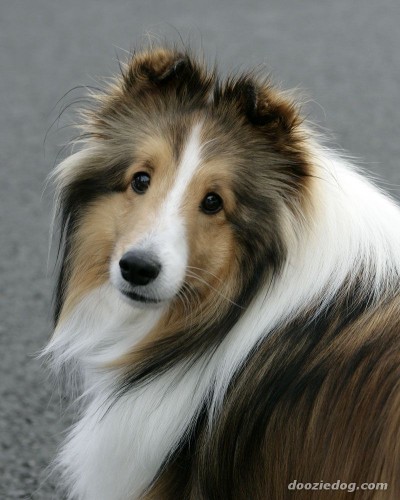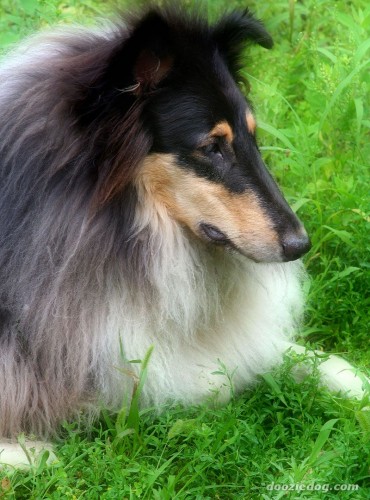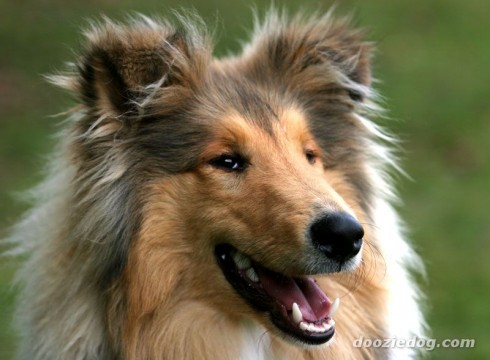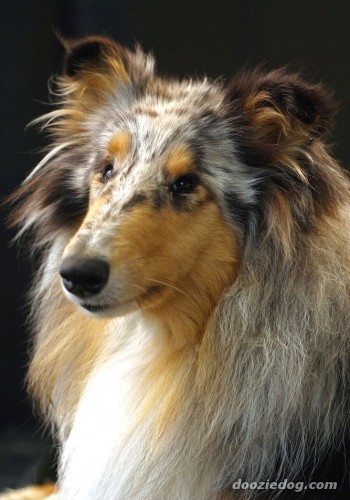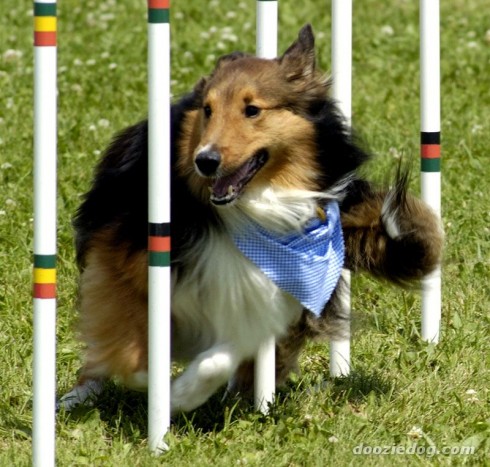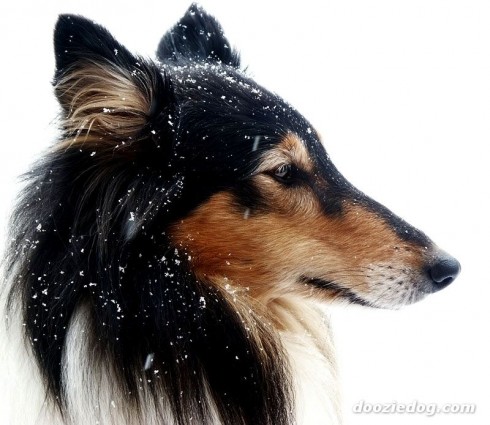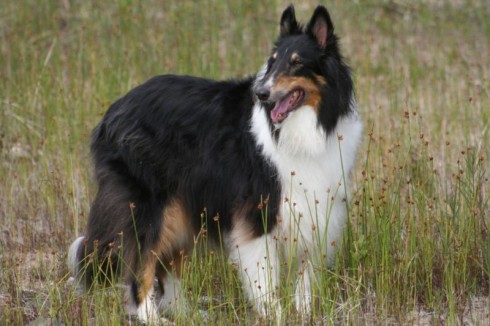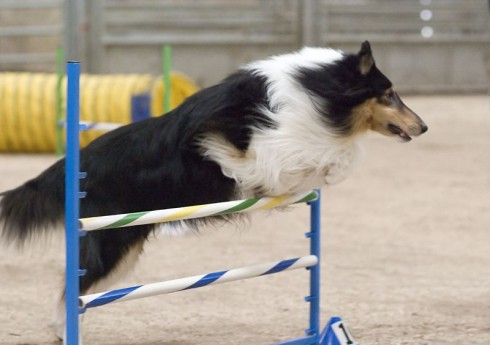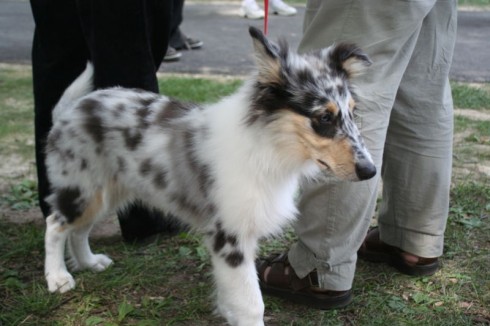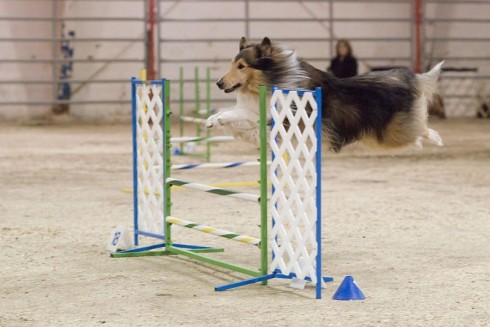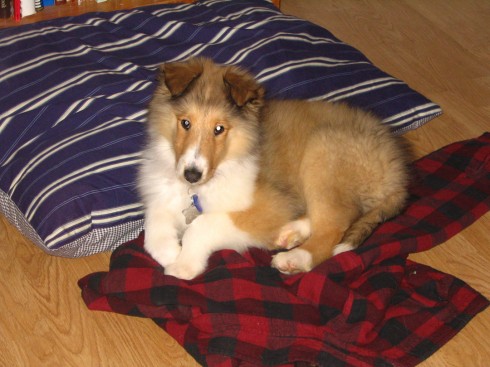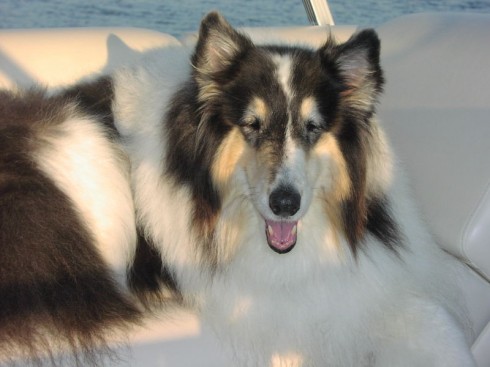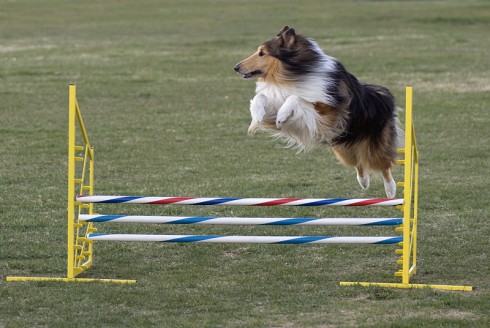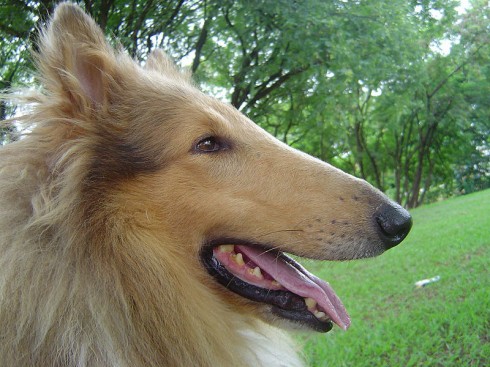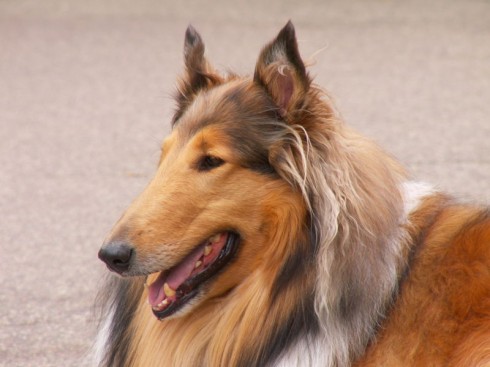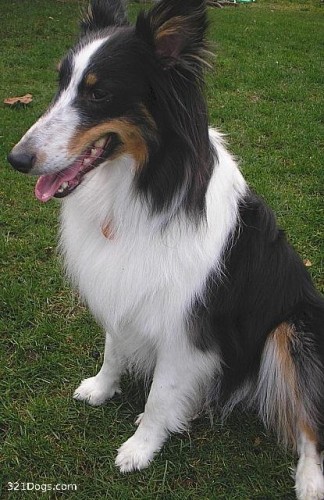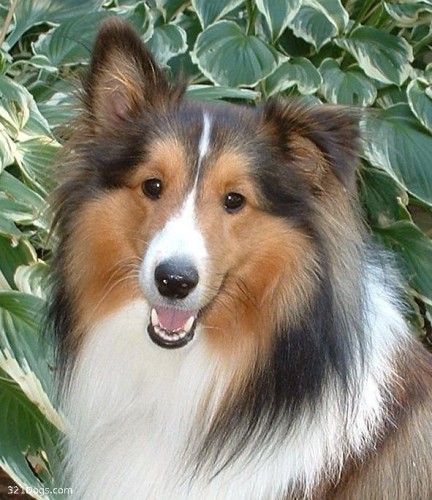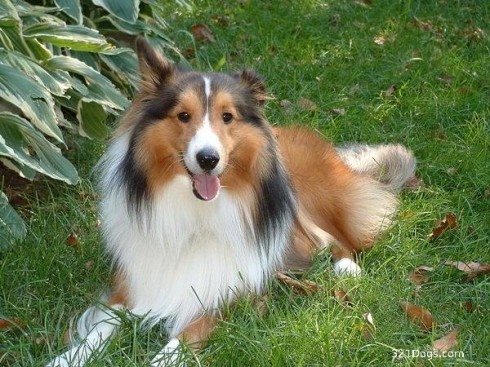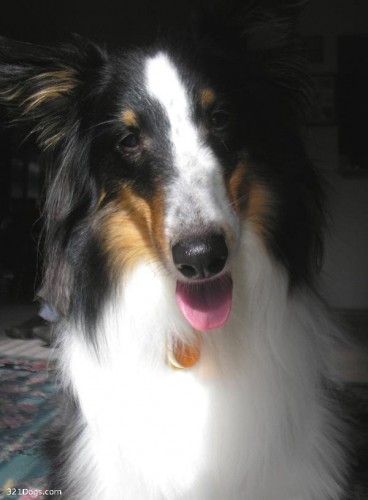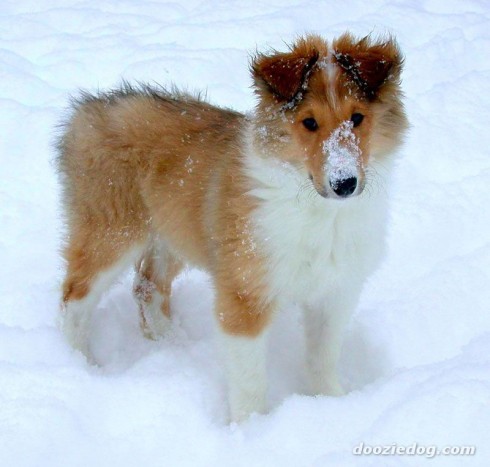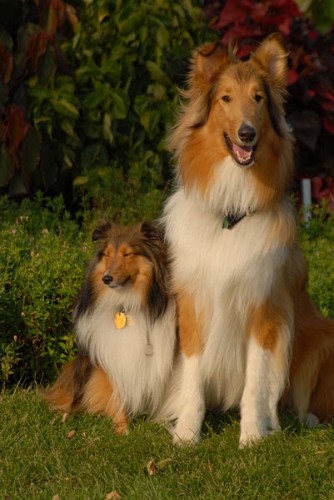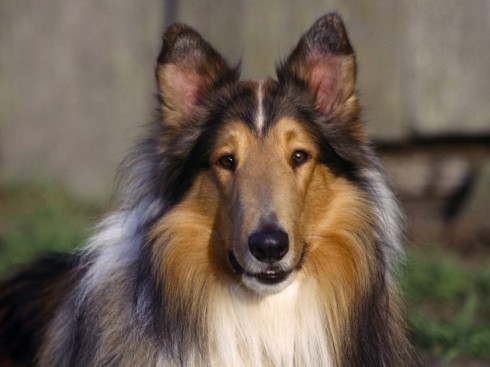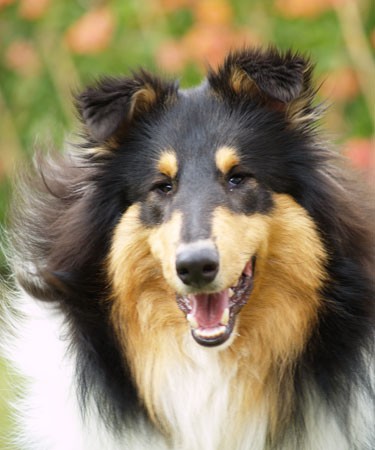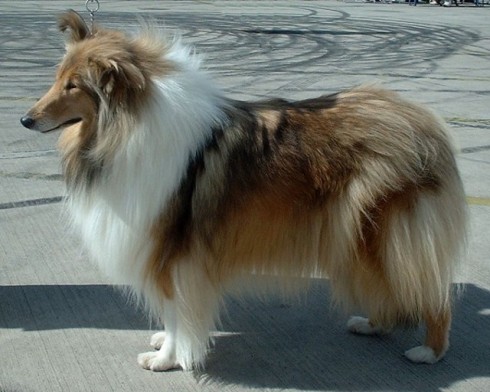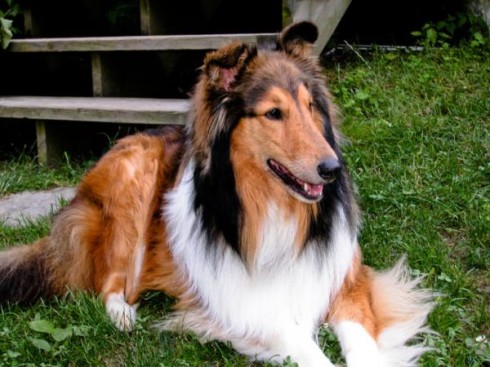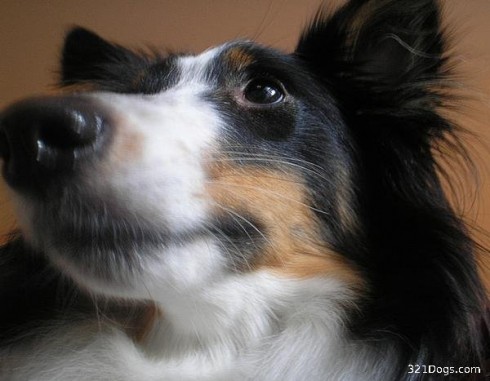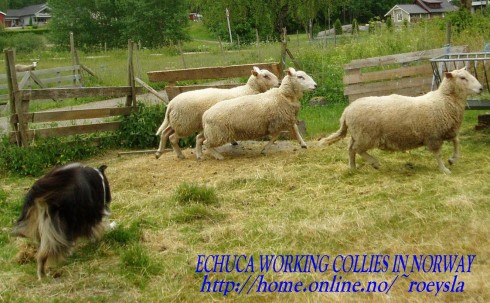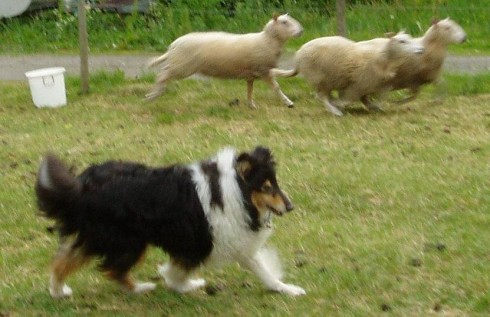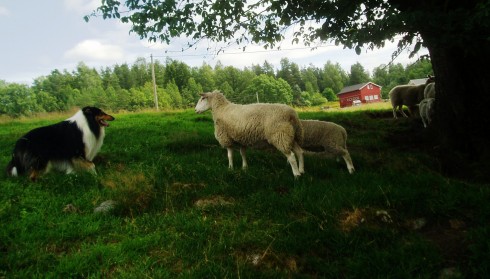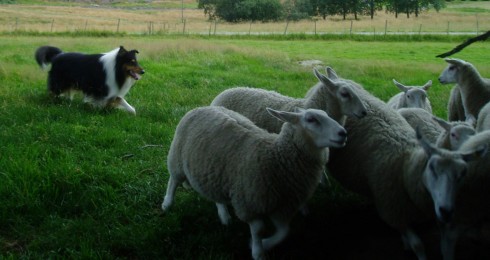Main Index
In Store
Our Web Store
Miniature Schnauzer Picture Gallery
Latest Dog Blogs
- What Are The Basic Commands To Train A Dog?
- PaySafe As The Most Popular Type Of Deposit
- Everything You Need To Know About Pet Sales
- Dogs Contribute To Our Physical And Mental Well Being
- How To Choose Where To Bet On Greyhounds In 2022
- Volunteer With Animals - How To Help Dogs Around The World
- Basic Understanding Of The House Edge
- Why You Should Get A Dog
- Top 20 Popular Dog Names Around The World
- Constipation in Dogs and How to Find Solutions
Rough Collie
Rough Collie Clubs/Associations
The Full Rough Collie Description
Collies are smart dogs with natural herding and protecting abilities. Like all working dogs, Collies need organized activities to thrive. Trained with a gentle, loving hand, they will learn quickly and happily. They are active, proud, and cautious. The Collie will be content in the country or city, as long as he has family companionship.
Did you know?
The collie comes in two varieties, the longhaired Rough and the shorthaired Smooth.
So you want to own a Collie?
The Collie is an alert watchdog, quick to sound alarm and very protective of his family, although he is not an aggressive dog.
Both rough and smooth coats require thorough weekly brushings to keep the coat clean and free of mats.
Renowned for his loyalty and his reliability, the Collie makes a great companion and friend.
Indicative Breed Standard
General Appearance
Appears as dog of great beauty, standing with impassive dignity, with no part out of proportion to whole.
Characteristics
Physical structure on lines of strength and activity, free from cloddiness and with no trace of coarseness. Expression most important. In considering relative values it is obtained by perfect balance and combination of skull and foreface, size, shape, colour and placement of eyes, correct position and carriage of ears.
Temperament
Friendly disposition with no trace of nervousness or aggressiveness.
Head and Skull
Head properties of great importance, must be considered in proportion to size of dog. Viewed from front or side, head resembles a well-blunted clean wedge, being smooth in outline. Skull flat. Sides taper gradually and smoothly from ears to end of black nose, without prominent cheek bones or pinched muzzle. Viewed in profile, top of skull and top of muzzle lie in two parallel straight lines of equal length divided by a slight, but perceptible stop or break. A mid-point between inside corner of eyes (which is centre of a correctly placed stop) is centre of balance in length of head. End of smooth, well rounded muzzle blunt, never square. Under jaw strong, clean cut. Depth of skull from brow to underpart of jaw never excessive (deep through). Nose always black.
Eyes
Very important feature giving sweet expression. Medium size (never very small) set somewhat obliquely, of almond-shape and dark brown colour, except in the case of blue merles when eyes are frequently (one or both, or part of one or both) blue or blue-flecked. Expression full of intelligence, with quick, alert look when listening.
Ears
Small, not too close together on top of skull, nor too far apart. In repose carried thrown back, but on alert brought forward and carried semi-erect, that is, with approximately two-thirds of ear standing erect, top third tipping forward naturally, below horizontal.
Mouth
Teeth of good size. Jaws strong with a perfect, regular and complete scissor bite, i.e. upper teeth closely overlapping lower teeth and set square to the jaws.
Neck
Muscular, powerful, of fair length, well arched.
Forequarters
Shoulders sloping and well angulated. Forelegs straight and muscular, neither in nor out at elbows, with moderate amount of round bone.
Body
Slightly long compared with height, back firm with a slight rise over loins; ribs well sprung, chest deep, fairly broad behind shoulders.
Hindquarters
Hindlegs muscular at thighs, clean and sinewy below, with well bent stifles. Hocks well let down and powerful.
Feet
Oval; soles well padded. Toes arched and close together. Hind feet slightly less arched.
Tail
Long with bone reaching at least to hock joint. Carried low when quiet but with slight upward swirl at tip. May be carried gaily when excited, but never over back.
Gait/Movement
Distinctly characteristic in this breed. A sound dog is never out at the elbow, yet moves with front feet comparatively close together. Plaiting, crossing or rolling are highly undesirable. Hindlegs from hock joint to ground when viewed from rear to be parallel but not too close; when viewed from side, action is smooth. Hindlegs powerful with plenty of drive. A reasonably long stride is desirable and should be light and appear effortless.
Coat
Fits outline of body, very dense. Outer coat straight and harsh to touch, undercoat soft, furry and very close almost hiding the skin; mane and frill very abundant, mask and face smooth, ears smooth at tips, but carrying more hair towards base, front legs well feathered, hindlegs above hocks profusely feathered, but smooth below hock joint. Hair on tail very profuse.
Colour
Three recognised colours: Sable and white, Tricolour and Blue Merle.
Sable: any shade of light gold to rich mahogany or shaded sable. Light straw or cream coloured highly undesirable.
Tricolour: predominantly black with rich tan markings about legs and head. A rusty tinge in top coat highly undesirable.
Blue Merle: predominantly clear, silvery blue, splashed and marbled with black. Rich tan markings preferred, but absence should not be penalised. Large black markings, slate colour, or rusty tinge either of top or undercoat are highly undesirable.
All should carry typical white Collie markings to a greater or lesser degree. Following markings are favourable – white collar, full or part, white shirt, legs and feet, white tail tip. A blaze may be carried on muzzle or skull, or both.
About Our Article Directory
- Article
- 27 November 2010
- 2 comments
Canis lupus familiaris
- Breed Article
- 29 May 2010
- No comments
The Top Ten Best Dog Breeds For You And Your Children
- Article
- 14 February 2010
- No comments
Discoid Lupus
- Article
- 31 January 2010
- No comments
Quick Search
Donate
Latest Dog Pods
- Tips on How to Stop Your Dog from Biting
- Beware - Not All Advertised Dog Rescues Really Are! How Can You Know The Truth?
- Helpful Tips For Dog Obedience Problems
- How to Keep Dogs From Eating Poop
- Dog Grooming Tips - A General Overview of the Very Basics of Dog Grooming
- Recognising Different Types of Dog Obedience Problems
- 5 Important Tips On Feeding A Puppy


